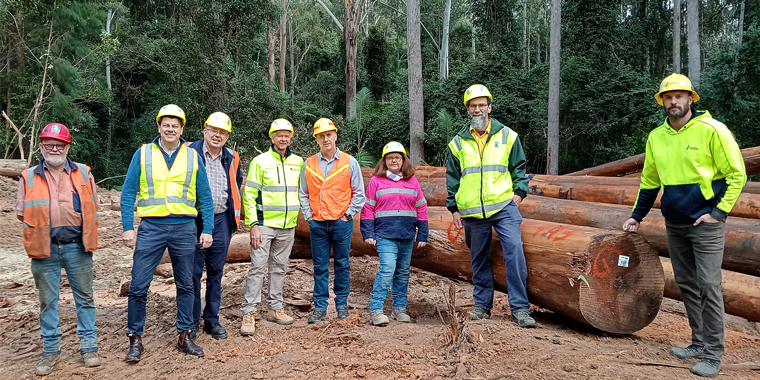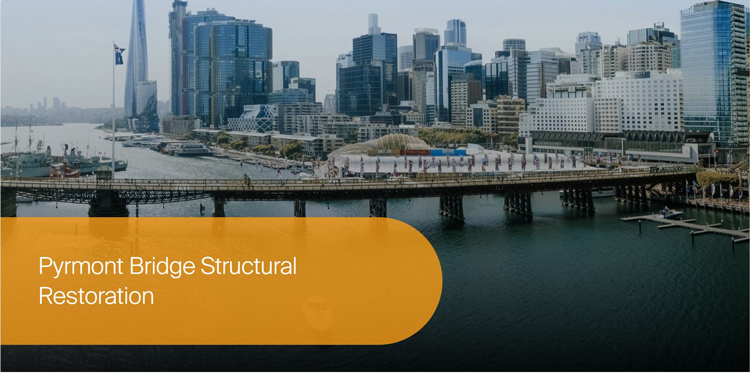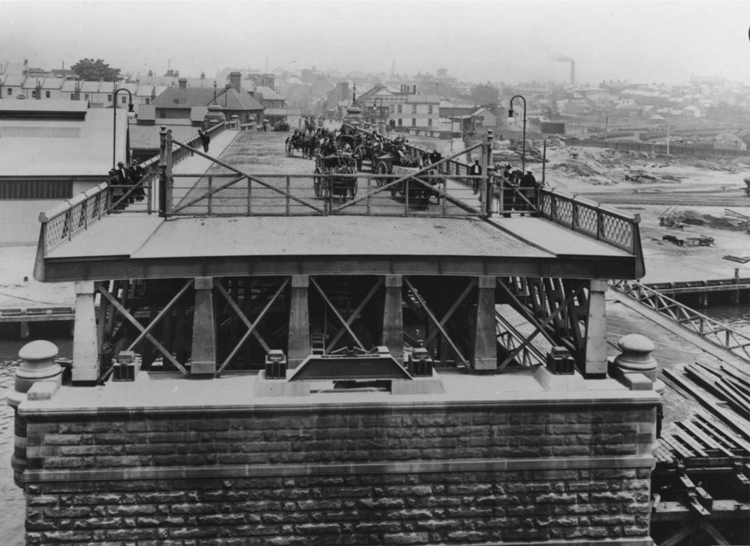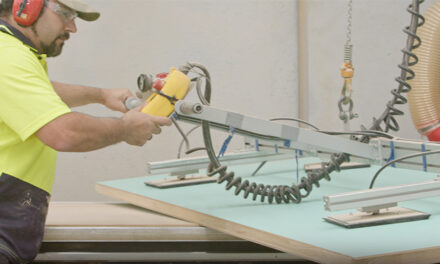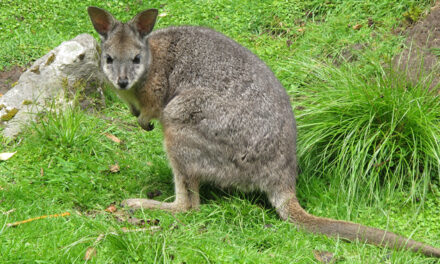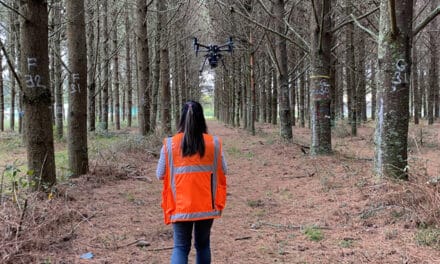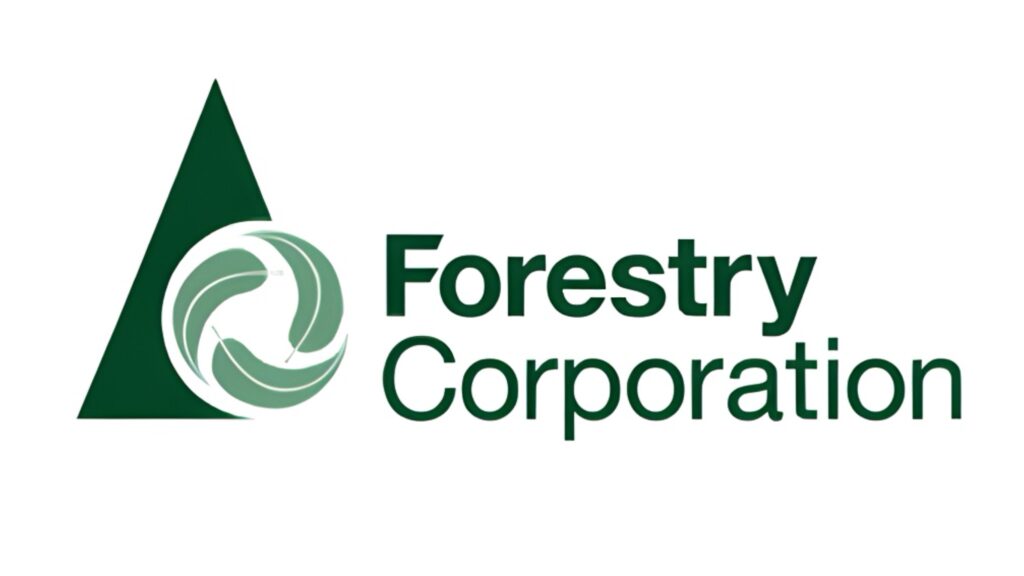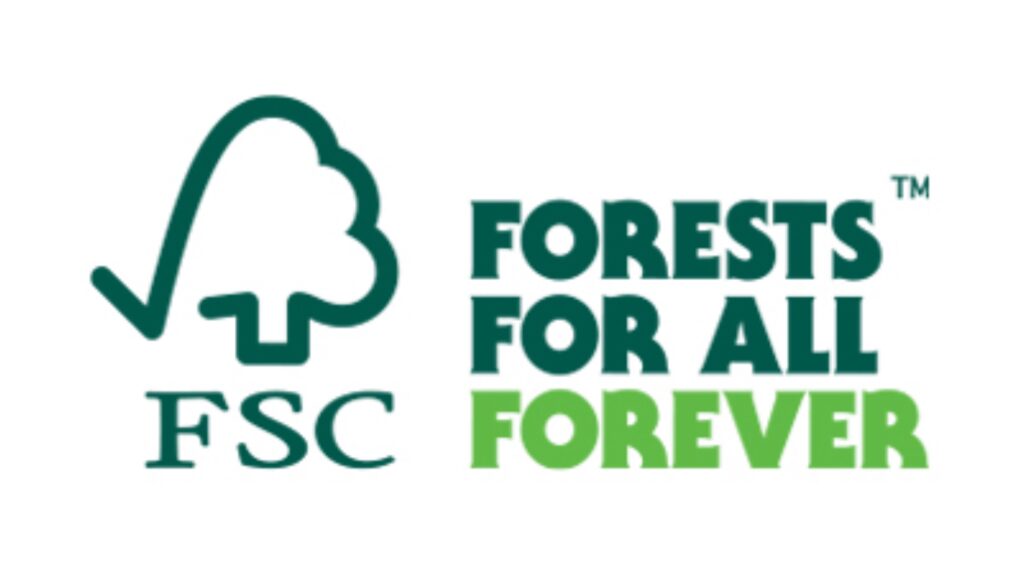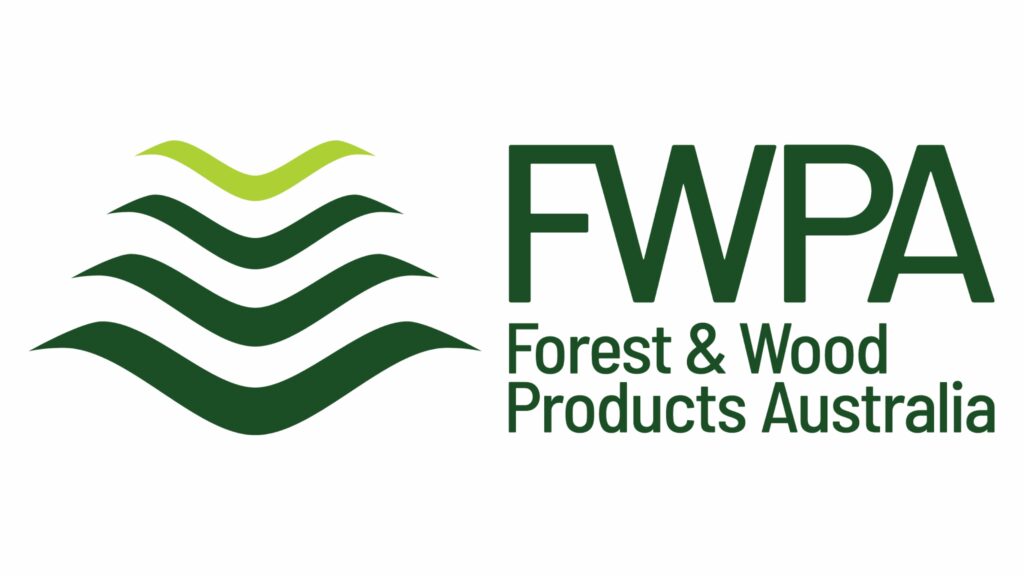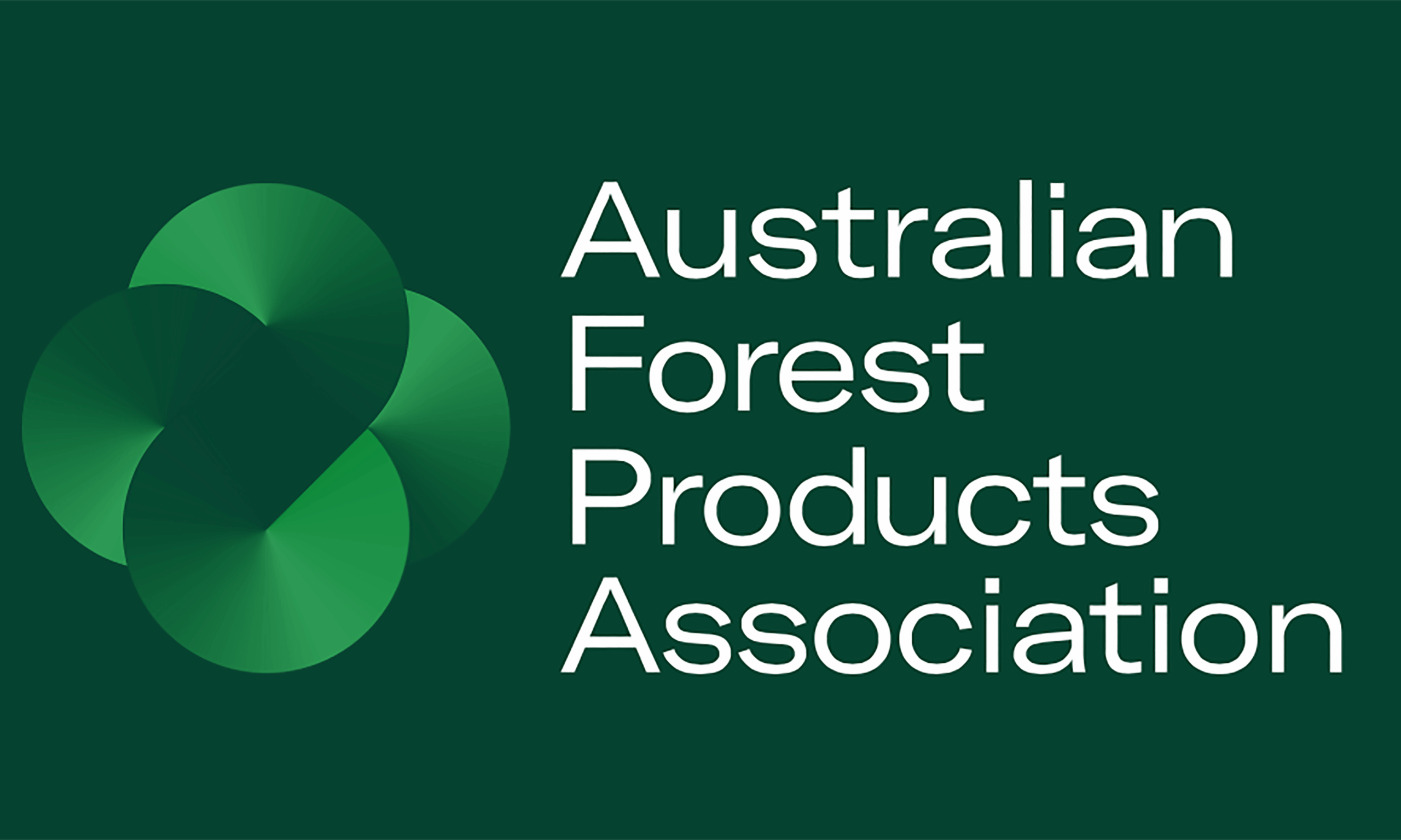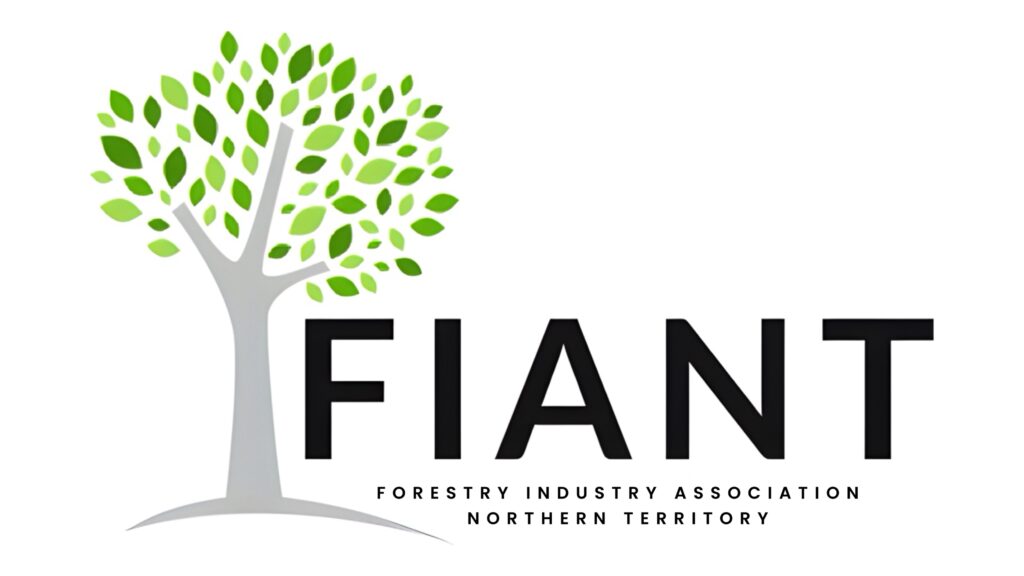HERITAGE TIMBER BRIDGES MEET SUSTAINABLE FORESTRY
The structural restoration project includes a nearly $60 million grant for trusses over the next 10 years from the NSW government.
Linking the CBD and Darling Harbour/Ultimo for pedestrians and cyclists, the swing bridge is still in operation and opens 600 times a year.
Built at the turn of the 20th century, the bridge originally carried cars, then later the monorail and now pedestrians and bicycles.
MAIN PIC: The Placemaking NSW, Transport for NSW and Broockmann Water Advisory timber bridge teams visit Orara East State Forest with Forestry Corporation staff near Coffs Harbour, NSW. All images: courtesy FCNSW
Forestry Corporation’s Sales and Planning teams have welcomed heritage timber bridge restoration experts from Placemaking NSW, Transport for NSW (Transport) and Broockmann Water Advisory to the North Coast of NSW for a guided tour of native hardwood production forests.
The visit offered a rare opportunity for the NSW Government’s bridge team to see first-hand where the high-quality, naturally durable timbers essential to their restoration work are sourced.
“This was a fantastic opportunity to connect the dots between sustainable forest management and heritage timber bridge preservation,” Carl Broockmann said.
“It’s great to see how our work in the forest directly supports the longevity of some of the state’s most treasured landmarks and most important public infrastructure.”
Placemaking NSW manages Pyrmont Bridge, the oldest continuously operated electric swing span bridge in the world. The bridge, opened in 1902, has two steel spans and 12 timber spans built with over 900 tonnes of renewal hardwood timber sourced from state forests on the North Coast of NSW.
The NSW Government has announced a contribution of $59.6 million to the restoration of Pyrmont Bridge timber trusses over the next 10 years.
This work is important to keep the vital pedestrian and cycleway route open between Pyrmont and the Sydney CBD. Additionally, the bridge still opens around 600 times a year to allow vessels through Cockle Bay, making it both a functional and historical marvel.
“High-quality and durable timbers of large diameter with specific strength and durability requirements are needed for the Pyrmont Bridge restoration that are only available in NSW native forests,” David Glasson said.
Transport is also responsible for maintaining 27 timber truss road bridges of historical and engineering significance across NSW.
Alan Pottie of Transport said, “Many of these bridges will require restoration over the coming 10 years and will require a steady supply of hardwood timber sourced from the North Coast region.
“These structures require premium-grade timbers such as ironbark, tallowwood, and blackbutt — species native to NSW and not available anywhere else in the world.”
During the tour, Forestry Corporation staff showcased their sustainable harvesting practices and planning processes that ensure the long-term viability of these valuable timber resources.
The visit also allowed Forestry Corporation teams to gain insight into the end uses of their products and the critical role they play in preserving NSW’s infrastructure heritage.
The tour highlighted the importance of collaboration between forestry and infrastructure teams and reinforced Forestry Corporation’s commitment to responsible resource management.

